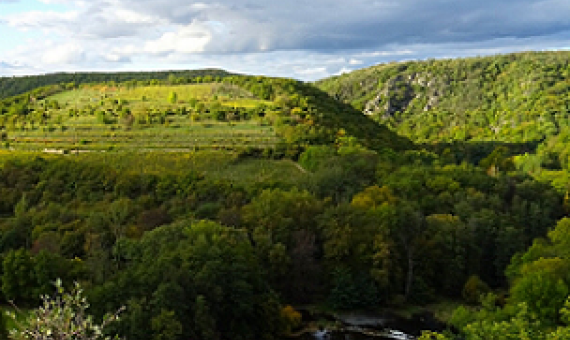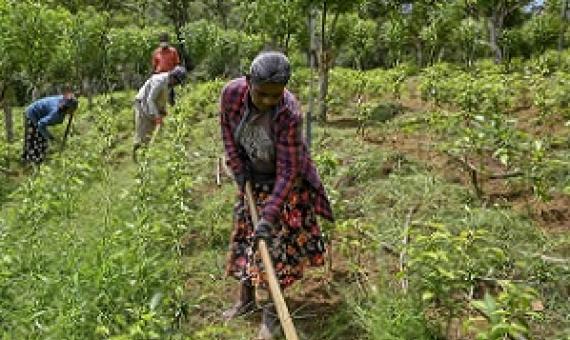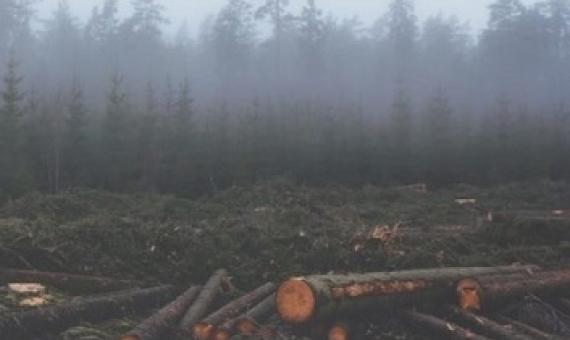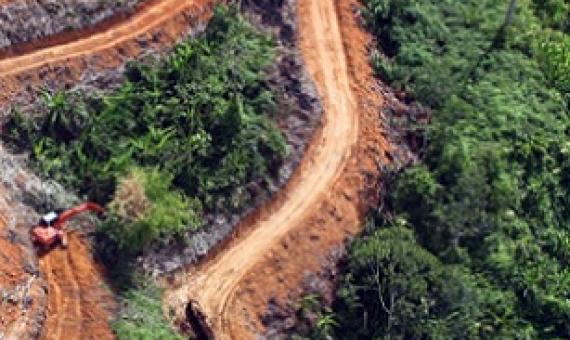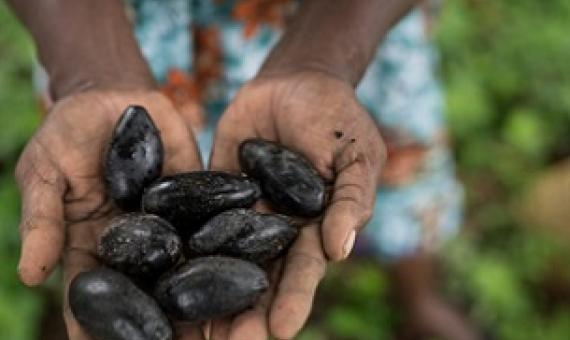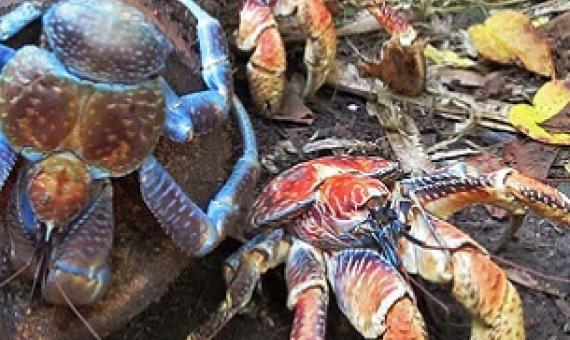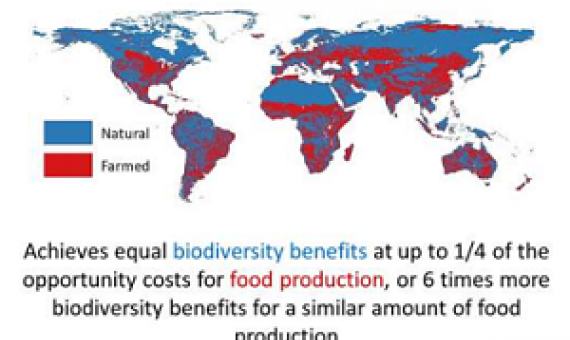Protecting 30% of the world's land and sea outweigh the costs by a ratio of 5 to 1, according to a new report.
Three approaches that aim to cut the harms of agriculture — land sharing, rewilding and organic farming — risk driving up food imports and causing environmental damage overseas. An alternative approach is both effective and cheaper.
Industrial chicken and salmon farms are found around the world, but nearly all of the environmental burden of these operations is concentrated on geographical hotspots, according to a study.
New research into the causes of the devastating global biodiversity crisis has found that the conversion of natural forests and grasslands to intensive agriculture and livestock is the biggest cause.
A new study shows that human activity, especially agriculture, undertaken around biosphere reserves can lead to deforestation and biodiversity loss inside the reserves themselves.
A new study published September 8 in Science finds that between 90 and 99% of all deforestation in the tropics is driven directly or indirectly by agriculture.
In this episode, we speak with Dorothy Devine Luana, PNG-based owner of DMS Organics, a galip nut grower and processor, and Nora Devoe, research program manager for a project of the Australian Centre for International Agricultural Research (ACIAR), focused on the potential of the galip nut indust
Despite being widespread across the Pacific and Indian oceans, coconut crabs are disappearing across their range, according to a new conservation assessment that warns they’re vulnerable to extinction.
A team from the Vanuatu Klaemet Infomesen blong Redy, Adapt mo Protekt (Van– KIRAP) have conducted traditional knowledge (TK) surveys on agriculture recently on the islands of Epi, Santo and Vanua Lava.
Crop and livestock production are among the main drivers of biodiversity loss globally. Due to the ever-increasing demand of land for food production, reverting global biodiversity decline and feeding the world is one of the greatest challenges of our time.

